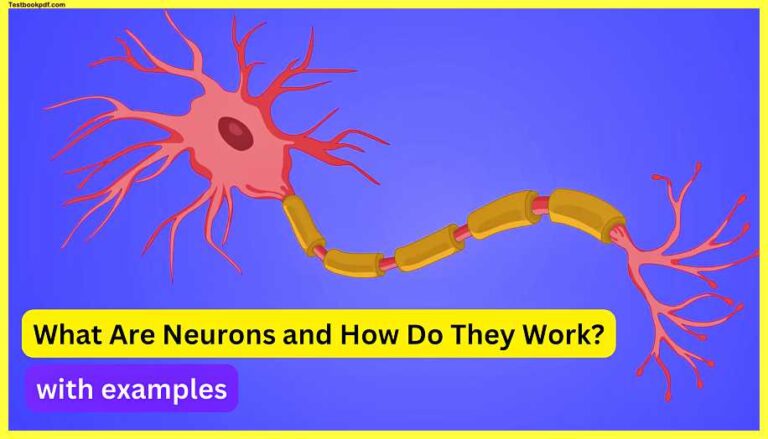What Are Neurons and How Do They Work?
Today in this article we will talk about Neurons, What Are Neurons and How Do They Work? and Neurons are cells that transmit signals throughout the body. These cells are responsible for controlling muscle movement, sensory perception, and many other bodily functions. There are two types of neurons: motor neurons and sensory neurons. Motor neurons control muscles, while sensory neurons detect stimuli and send information to the brain.
Neurons send signals through a mechanism called an action potential. Action potentials are electrical signals that pass through the neuron’s axon. This causes the neuron to pass the signal to the next neuron. Action potentials are the reason the nervous system is able to respond to the environment in a matter of seconds.
Motor Neuron Cells
The motor neuron cells are located in the spinal cord and brain stem. These cells receive impulses from the central nervous system (CNS) and then relay them to the skeletal muscles via the peripheral nerves. When these cells receive an impulse, they release acetylcholine, which causes the muscle fibers to contract.
Sensory Neuron Cells
Sensory neurons are located in the dorsal root ganglia (DRG). These cells sense pain, temperature, pressure, and touch. Sensory neurons connect to the spinal cord and brainstem. When these cells receive a signal, they release neurotransmitters such as glutamate, GABA, dopamine, serotonin, and norepinephrine.
Imagine yourself in the middle of a game of catch. A player throws the ball toward you, and as the ball gets closer, you quickly recognize where to position your hand in order to catch the ball safely.
- Have you ever wondered how your brain is able to quickly make that decision?
- How does information flow so quickly from your eyes to your brain and back to your hand in order to successfully catch the ball?
All information from our environment
In this case, information from the eye about the size and speed of the ball coming towards you is converted by nerve cells or neurons into electrical signals that are carried to the brain. Similarly, information from our brain to our body, such as an order to move our hand towards the ball’s trajectory, is also sent in the form of these signals. These electric signals are called action potentials or nerve impulses. Because these signals are instantaneous, our brain is able to help us quickly detect and respond to things in our environment, both good and bad. It is thanks to the speedy nature of such signals that you can immediately recognize your favorite song, or quickly pull your foot away when you step on a pin by accident!
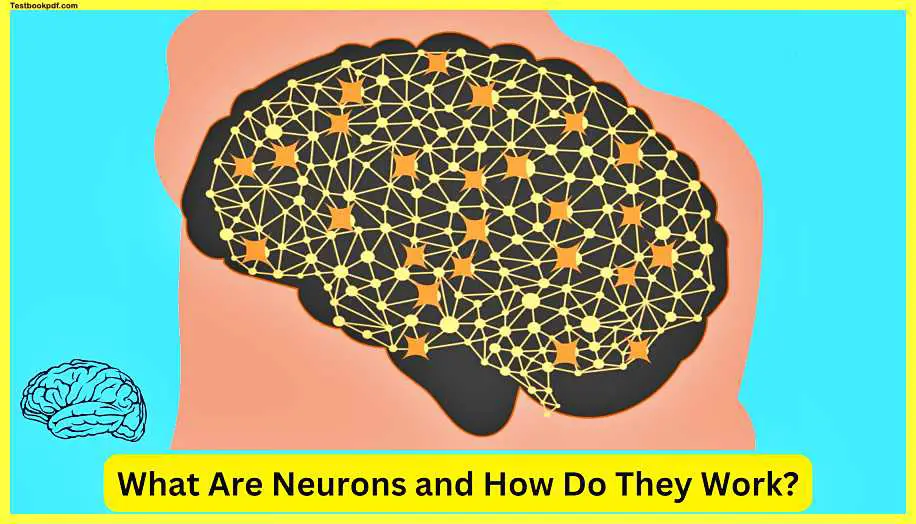
So how do neurons send these signals or “fire” action potentials?
The human brain contains tens of billions of neurons that are connected to each other. Each neuron has a cell body with several branches. The smaller branches called dendrites, receive signals that come together and then the total signal is transmitted through the longest branch, the axon, Similar to how a wire carries electricity from a switch to an electric bulb, the axon carries nerve impulses from a cell body to the next cell.
The outer or extracellular surface of a neuron is bathed in a ‘salty’ solution of positively charged Sodium and negatively charged Chloride ions. The inner surface has positively charged Potassium ions and proteins that are negatively charged.
The negatively charged proteins inside the cell are not balanced by an equal number of positive ions, making the inner surface of the neuron slightly more negative than the outside.
Gradient and Potential
This gives rise to an “electrical gradient”. Furthermore, there is a higher concentration of potassium ions inside, giving rise to a “diffusion gradient” that forces them to flow outside. Thus, there is both an electrical gradient and a chemical gradient, an electrochemical gradient, forcing ions from inside the cell to go out.
Each neuron, when at rest, maintains a voltage difference arising from the electrochemical gradient, just as a battery maintains a certain voltage between its poles. This voltage of approximately -70mV is referred to as the “resting potential” of a neuron.
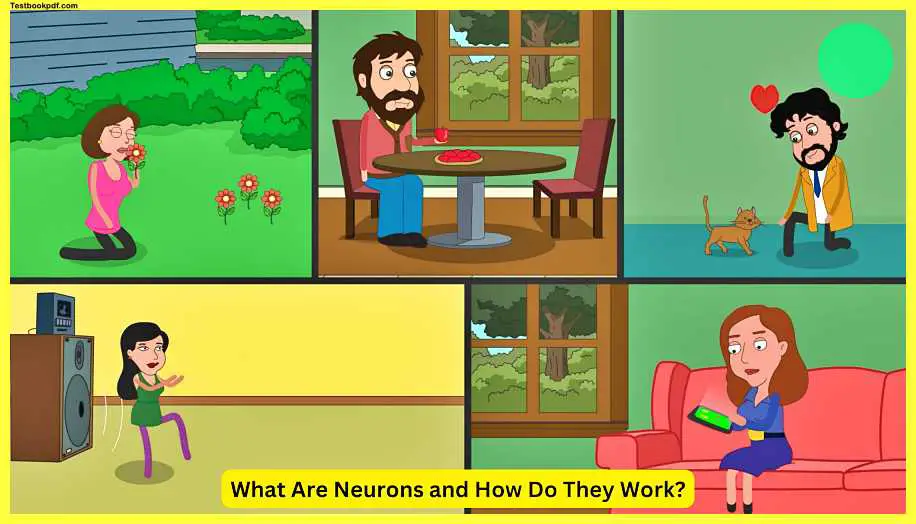
The cell membrane of the neuron contains “ion channels”. These are pores formed using proteins that selectively allow certain ions to pass through, similar to how an airport security guard checks visitors and only allows those with a ticket to proceed to their gates.
Some of these channels are special, in that they open and close only at a certain voltage; these are called voltage-gated ion channels. Ion channels allow ions in and out, causing the voltage of the cell to move away from its resting potential.
At any given time, a neuron keeps receiving small amounts of incoming signals, which results in small fluctuations in the membrane voltage. These are called “graded potential”, but they are not strong enough to result in the firing of a neuron. A neuron fires or generates a nerve impulse only when the total sum of input signals is large enough to cross a “threshold potential” of -55mV. This begins because it triggers voltage-gated Sodium channels to open. These channels, when opened, cause a rush of many Sodium ions into the cell from outside. This causes “depolarization” of the neuron or a reversal of charge in its inner surface from negative to positive.
The voltage difference continues to become more positive. When the voltage reaches 30 mV, it causes voltage-gated Potassium channels to open. These channels allow Potassium ions to move from inside to outside, slowly “repolarizing” the cell or restoring the more negative voltage difference.
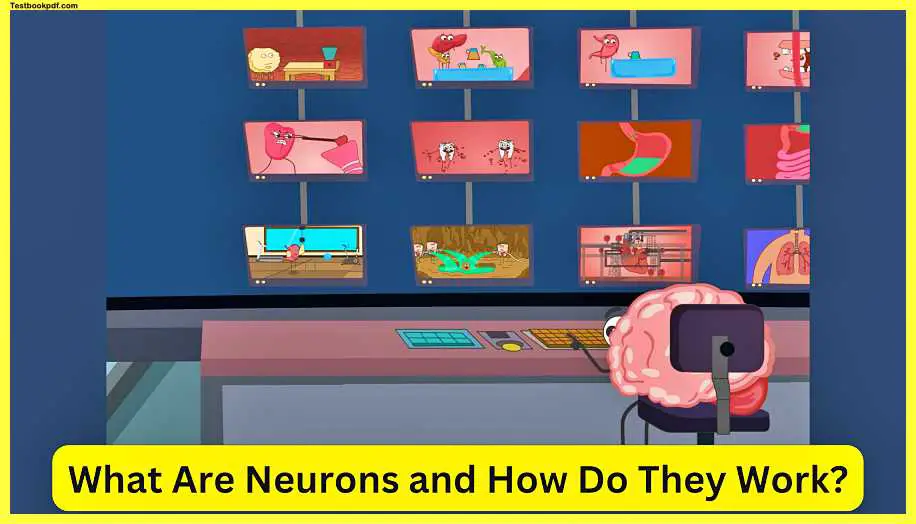
However, the voltage-gated Potassium ion channels are much slower to close, causing the voltage to drop below the resting potential of -70mV. This is called “hyperpolarization”. After a neuron fires in this way, its voltage would be drained, like a rechargeable battery after prolonged use. A reusable battery can be “recharged” by passing an external current through it.
The neurons outsource this job to “pumps” located on the membrane by spending energy currency called ‘ATP’. These pumps act like revolving doors in buildings; they let out more Sodium ions from inside the cell, while simultaneously bringing in fewer Potassium ions. This brings the neuron back to its resting potential.
This entire event of neuron firing follows certain rules:
- It is an all-or-none event. Nerve impulses are much like digital signals. They occur in the same magnitude, regardless of how strong or weak the stimulus is. However, the threshold voltage must be crossed to generate it.
- They are unidirectional. Once a segment of the membrane becomes “depolarized”, it passes the signal forward to the next segment. Ion channels, after finishing their job of passing the signal, will pull down their shutters and ‘take a break, becoming inactive for a short while. This is called their “refractory period”. Therefore, a signal cannot return to them and has no choice but to travel forward to the next segment on the membrane.
The process of generating a nerve impulse is fairly quick. However, in certain situations where this is not fast enough, our body uses special neurons with a coating called a myelin sheath to speed up signaling. This coating covers the surface of the axon while leaving small spots called “Nodes of Ranvier” open. In such covered axons, the signal doesn’t have to travel through the entire length of the axon, but only through these gaps, making the signal travel faster. This type of “jumpy” signal transmission is called “saltatory” conduction.
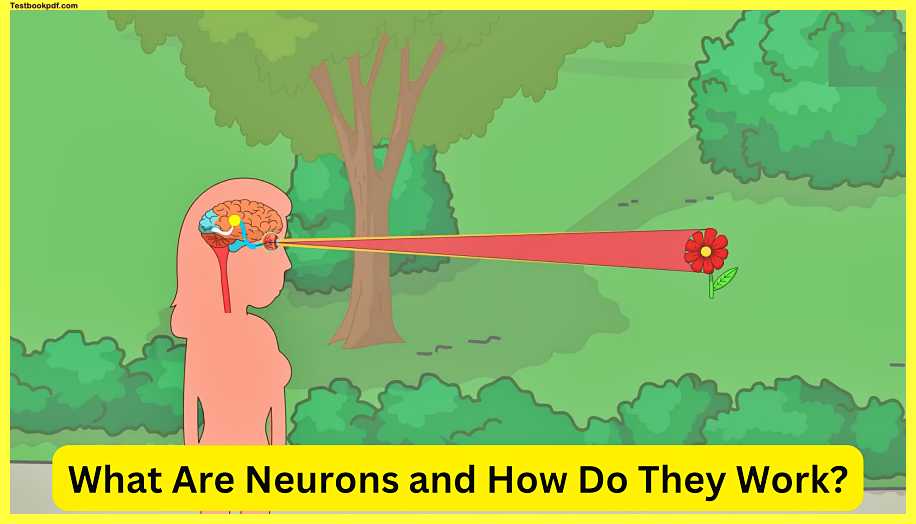
In our sense organs, these nerve impulses are caused in response to a sensation, such as odor, taste, touch, sound, or light.
For example, in the eye, a nerve impulse is generated in response to light reaching the cells in the retina, which is then passed on through the optic nerve to the part of the brain that processes visual information. The nerve impulse can also have a variety of effects based on where it is sent. When you accidentally step on a pin on the ground, nerves in the spinal cord respond by sending a nerve impulse to your leg muscles, asking it to contract, thereby pulling your leg away from the pin in a fraction of a second.
The brain constantly makes sense of the pattern, frequency, and area of origin of the incoming nerve impulses to interpret them, and then responds by making appropriate commands to the relevant body parts. In a way, nerve impulses or action potentials are a digital language of the brain itself!
